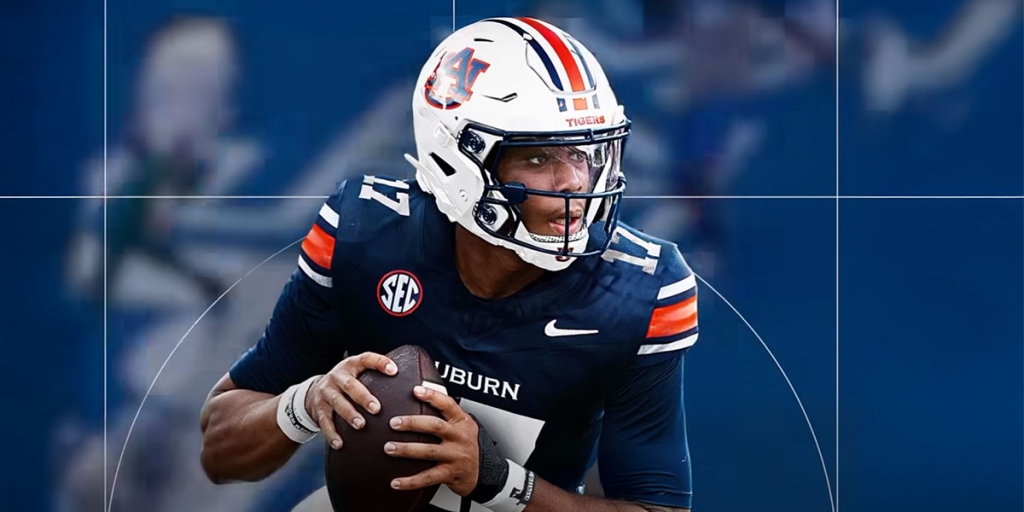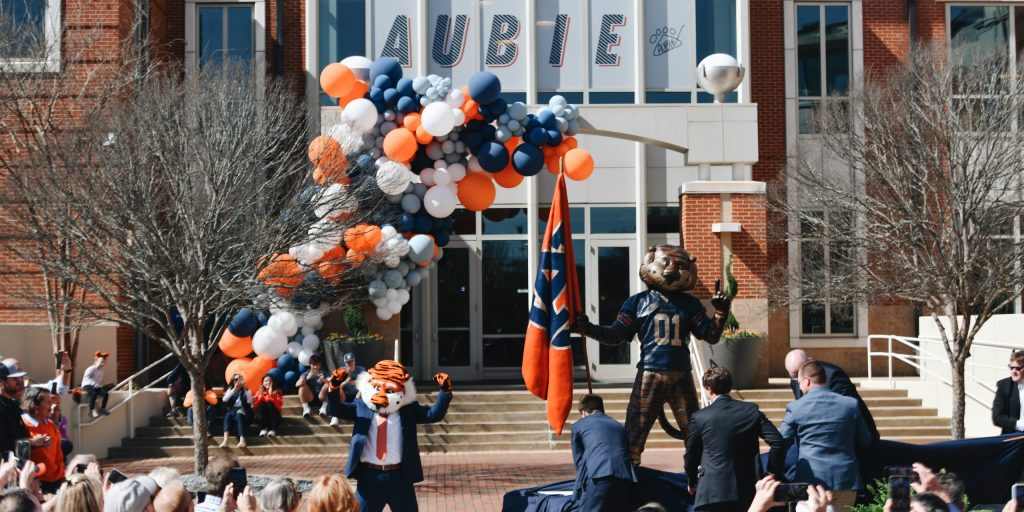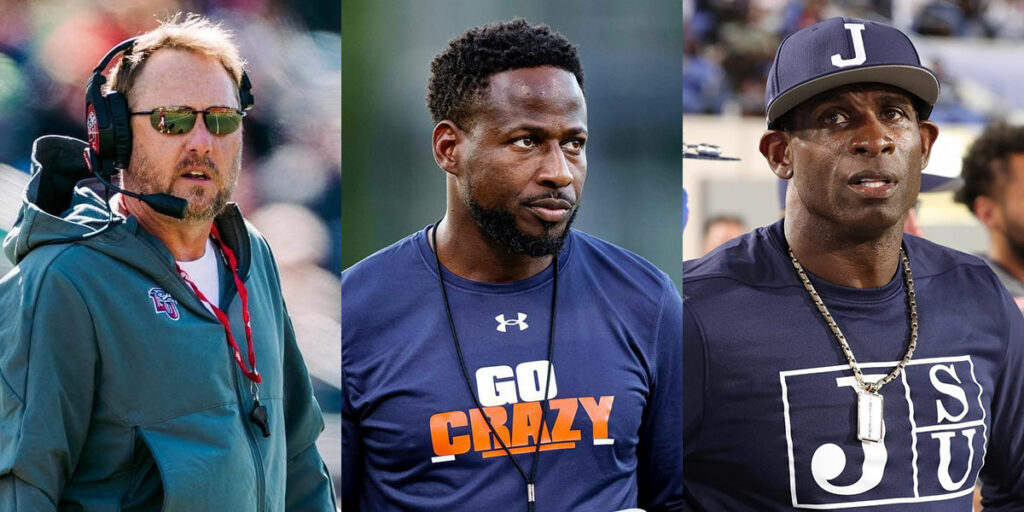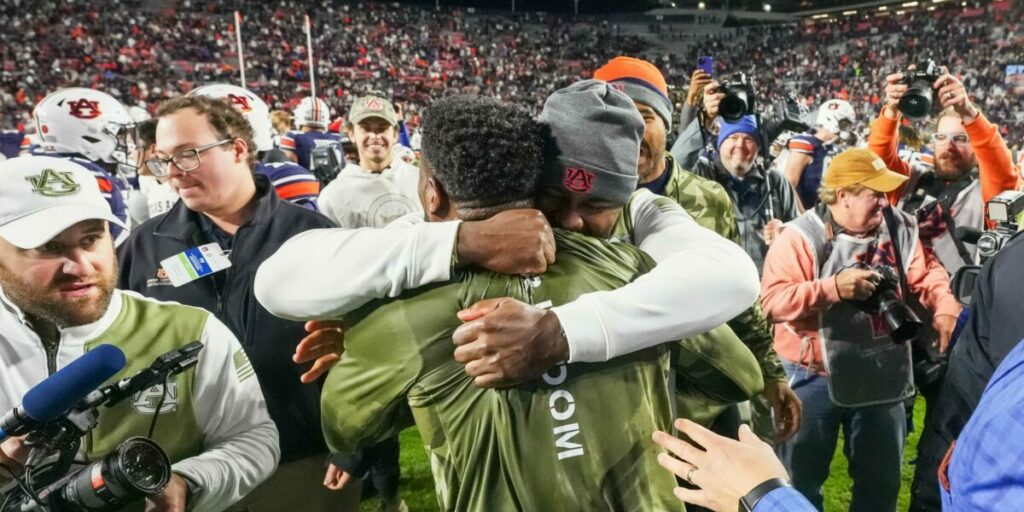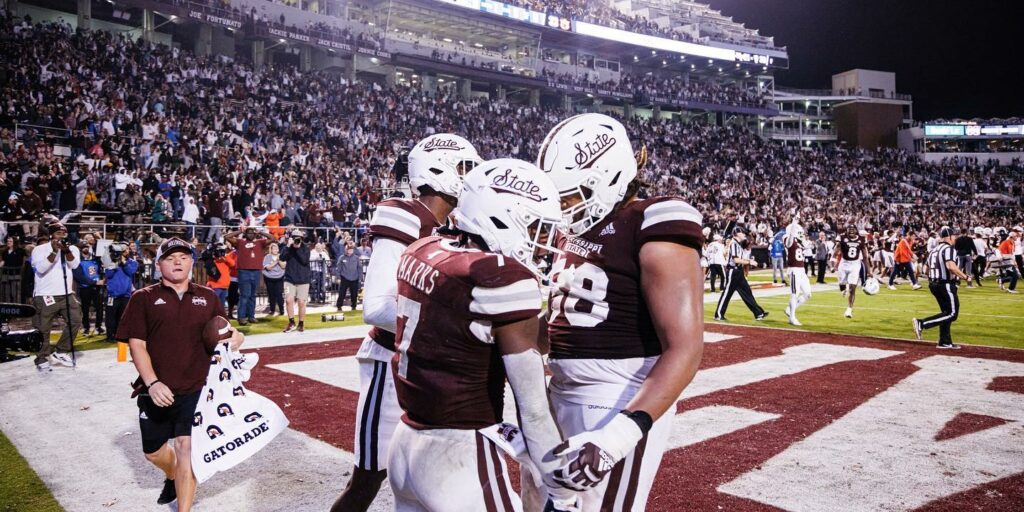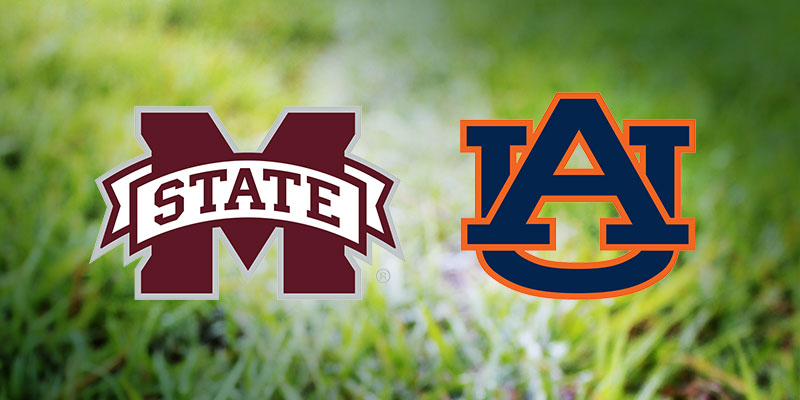On a Saturday filled with mid-majors taking out Power 5 programs, the first two quarters in Jordan-Hare Stadium had Auburn on track to become the next casualty.
The end of the first half found the home team trailing the visiting Spartans by a field goal on the scoreboard and by a truckload in the confidence department.
The Tigers’ defense and special teams played well, if not very good, in the first 30 minutes, but the offense struggled to a degree that may have been unprecedented versus an opponent of San Jose State’s stature.
Auburn’s point total in the first half was exceeded by the combined amount of turnovers and penalties committed by the offense.
To the Tigers’ credit, the offense generated more production in the second half and secured a win. But, Auburn has many questions to answer if they have hopes of competing with many of the teams left on their schedule.
Take a look below at three observations from Auburn’s 24-16 victory over San Jose State.
Passing game struggles
To begin with the lesser of the two problems, the Tigers’ defense has room to grow in pass defense.
Auburn has largely avoided allowing huge gains from opponents through the air. However, the Tigers rank near the bottom of the SEC in passer rating allowed and opposing completion percentage.
In addition to those statistics, the Tigers have yet to intercept a pass in two games.
On the other side of the ball, Auburn has thrown for an average of less than 200 yards per game and quarterbacks have thrown four interceptions, compared to only one touchdown.
The Tigers’ offense has been unable to consistently generate big plays through the air and the unit struggles to marry accurate throws down the field with receivers who are able to create separation from defenders.
To sum it up, Auburn is attempting less passes per game than any other SEC team and has thrown more interceptions than all but one.
Through the first two games, one against a Mountain-West opponent and another versus an FCS school, the Tigers average one interception thrown per every 11 attempts. That is incredibly alarming and must be corrected immediately.
Turnovers
Through two games, Auburn has committed four turnovers and forced none.
And the Tigers are not good enough to overcome that kind of negative turnover margin against Power 5 opponents.
Auburn’s quarterbacks must protect the football better and the Tigers’ defense has to find ways to take the ball away to create extra possessions.
At this point, it seems unlikely that the Auburn offense will be a juggernaut this season. So, its main task will be to control the ball and be efficient in advantageous situations.
Auburn’s defense could help that equation by forcing turnovers and giving the offense a short field.
It remains to be seen if Auburn can do those things, but it is certain that if the current trend does not change, the Tigers are in for a very tough season.
Running backs
The biggest bright spot of the season has to be the running back room.
As unsure as Auburn fans may be about how the passing offense will improve, there has to be confidence in the Tigers’ tailbacks.
Junior standout Tank Bigsby has started the season averaging almost 100 yards per game on seven yards per carry. Those are great numbers, but maybe not surprising because Bigsby has proven he is an all-SEC back.
However, the emergence of true freshman Damari Alston and the return to health of sophomore Jarquez Hunter give Auburn three talented options to carry the ball.
Each of those players proved to be productive when given opportunities in the first two matchups. The competition level is about to greatly increase, but the Tigers should be able to generate a reliable rushing attack by utilizing all three backs.
As the level of difficulty ramps up over the coming weeks, Auburn’s offense is likely to go just as far as these tailbacks can carry them.
Zack Shaw is a contributing writer for Yellowhammer News and former walk-on for the Auburn Tigers





